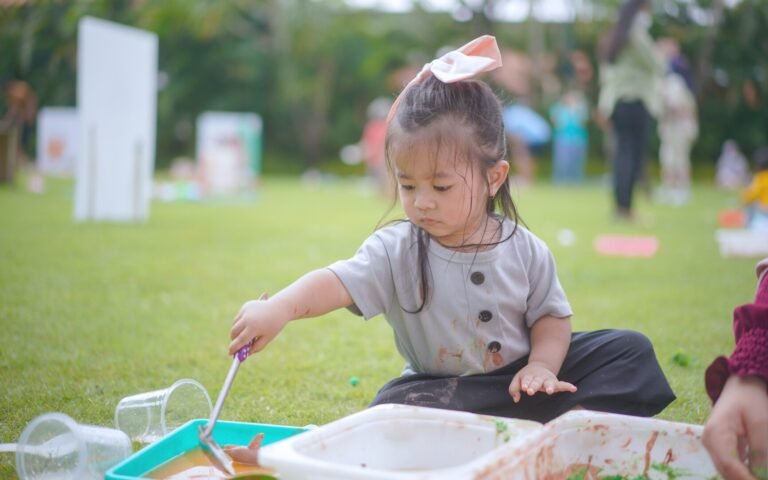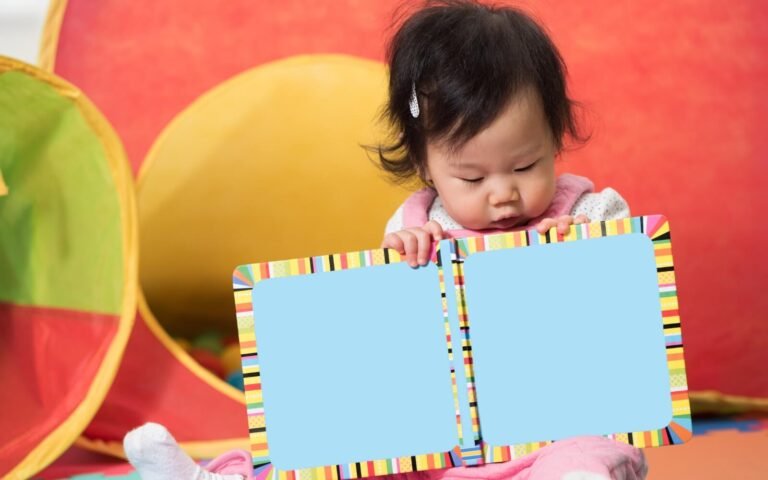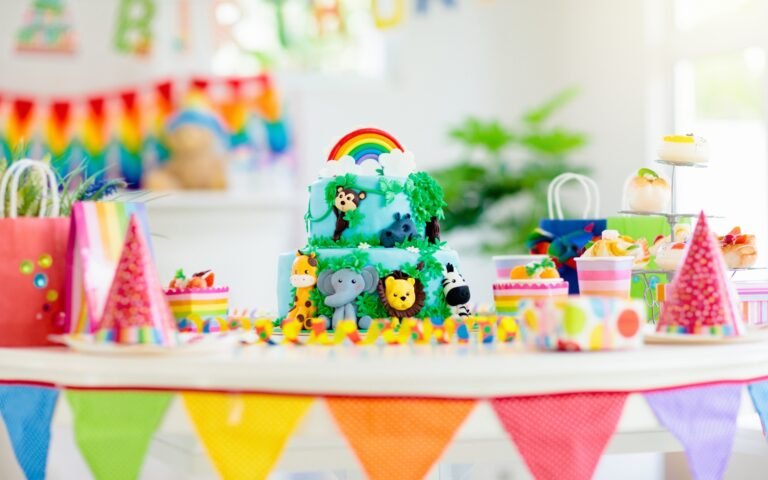Encouraging Independent Play 2025: Help Your Child Thrive with Simple Tips
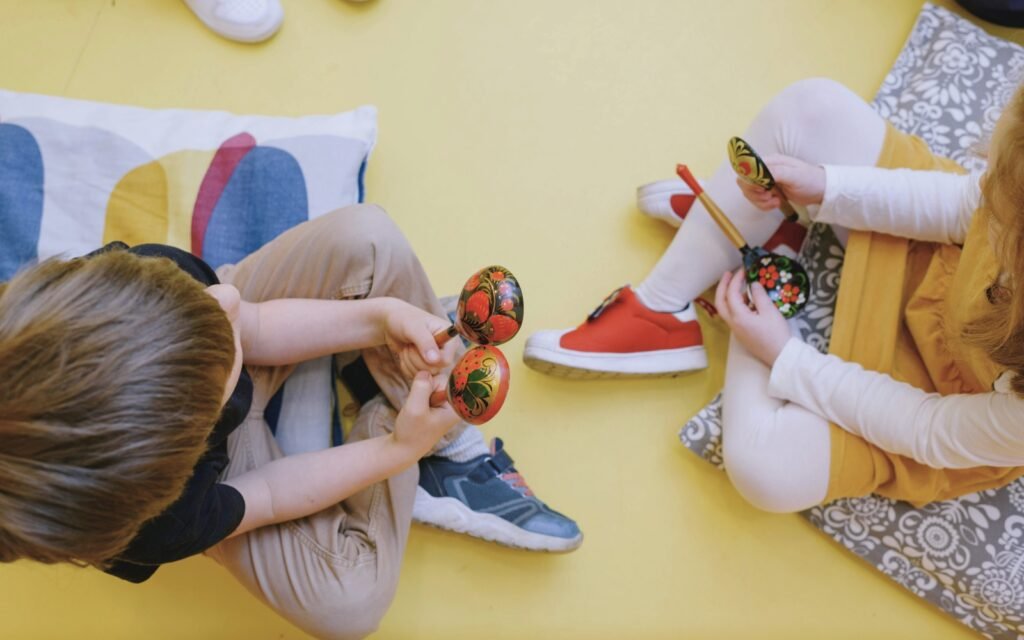
Are you looking for ways to help your child play independently and thrive? Independent play isn’t just about keeping kids entertained-it’s a vital skill that builds creativity, confidence, and focus. It also gives parents a breather while fostering their child’s development.
In this article, we’ll explore practical parenting tips to encourage independent play, from setting the right expectations to creating the perfect play space. Let’s make independent play part of the daily routine and help your little one enjoy their alone time!
Key Takeaways – Encouraging Independent Play
- Independent play promotes creativity, problem-solving, and healthy independence.
- Start small-just 5 minutes at a time and gradually increase playtime.
- Provide a safe, engaging play space with the right toys and activities.
- Trust your child’s ability to explore and engage without constant supervision.
- Consistency, patience, and praise are essential to success.
1. Why Independent Play Matters for Kids

Independent play offers countless benefits, both for the child and the parent.
Benefits for Kids
- Builds Creativity: Kids use their imagination to turn a cardboard box into a castle or an animal zoo.
- Develops Problem-Solving Skills: Tackling challenges during play helps them learn how to explore solutions.
- Boosts Confidence: Playing alone shows kids they can entertain themselves, fostering self-trust.
- Improves Focus: Engaging in a single activity enhances attention span over time.
Benefits for Parents
- Allows you to pay attention to other tasks or take a moment to breathe.
- Encourages a healthy degree of separation for clingy kids.
- Helps parents raise kids with a strong sense of independence.
2. How to Encourage Independent Play

Here are practical tips to help your child play independently:
Start Small and Gradually Increase Time
- Begin with 5-minute playtime sessions. Stay close by but avoid engaging directly.
- Gradually extend the playtime as your child gets used to playing alone.
Set Clear Expectations
- Explain that it’s okay for them to play without constant interaction.
- Use a timer to give them a sense of how long they’ll play. When the timer goes off, acknowledge their effort.
3. Create the Perfect Play Space

An inviting, safe, and engaging play space is key to promoting independent play.
Choose a Safe Space
- Set up a designated area where your child can play freely without worry.
- Use a soft floor mat or rug and keep the space free of hazards.
Offer Open-Ended Toys
- Opt for toys that inspire creativity, like blocks, dolls, or art supplies.
- Rotate items regularly to keep the playtime fresh and exciting.
Minimize Distractions
- Avoid loud TV or background noise in the play area.
- Keep screens away to encourage hands-on exploration.
For example, incorporating Sensory Play Activities for Babies can spark imagination while ensuring developmental benefits.
4. Make Independent Play Part of the Daily Routine

Consistency is essential when building habits, so incorporate independent play into your daily schedule.
Build It Into Your Child’s Routine
- Choose a specific time each day for independent play.
- Link it to another task, like after breakfast or before nap time, to make it predictable.
Acknowledge and Celebrate Efforts
- Praise your child when they complete their playtime. For example, “You did such a great job playing for 10 minutes on your own!”
- Reward their progress with stickers or verbal recognition.
In outdoor settings, consider Safe Outdoor Play Ideas for Toddlers to make the routine more exciting.
5. Overcome Common Challenges

Independent play doesn’t come naturally to all kids, but with patience, you can overcome obstacles.
What If My Child Gets Clingy?
- Start by sitting close while they play, then gradually move farther away.
- Assure them you’re nearby and that it’s okay to play without constant attention.
What If They Get Bored?
- Rotate toys to keep things interesting. Even simple items like cardboard boxes can spark imagination.
- Suggest a themed activity, like building an animal zoo or exploring a jungle.
What If They Resist?
- Don’t rush. Every child develops this skill at their own pace.
- Keep the tone light and avoid making it feel like a chore.
6. Fun Ideas to Make Playtime Engaging
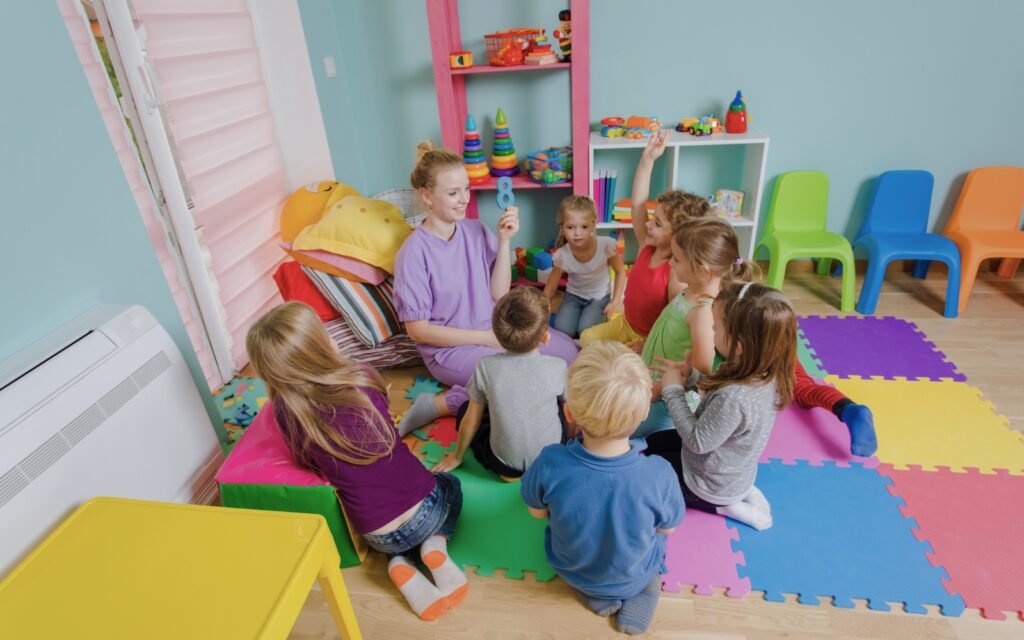
Make independent play more enjoyable with creative activities.
Introduce Challenges
- Ask them to stack blocks as high as they can.
- Suggest they create a picture using only three colors.
Encourage Exploration
- Give them simple tools like crayons or a set of animal figurines to spark creativity.
- Let them explore their environment with minimal guidance.
Promote Screen-Free Entertainment
- Apps may grab attention, but hands-on play promotes better development.
Building confidence through these activities fosters life skills and contributes to Building Resilience in Young Children.
7. Be Patient and Trust the Process

Remember, learning to play independently is a skill, not an expectation your child will master overnight.
Don’t Rush It
- Every child is different-some toddlers take longer to enjoy playing alone.
- Stay calm and adjust the routine based on their comfort level.
Trust and Encourage
- Trust your child’s ability to figure things out on their own.
- Celebrate small wins to build their confidence and enjoyment of independent play.
Summary
Encouraging independent play helps kids develop creativity, confidence, and focus while giving parents a much-needed break. Start with just a few minutes a day and gradually increase the time as they get comfortable. Create a safe, engaging play space filled with open-ended toys and introduce independent play as part of the daily routine. Be patient, consistent, and celebrate your child’s progress-these simple parenting tips can transform playtime into a healthy habit that benefits everyone.
Frequently Asked Questions
1. How Do I Encourage My Child to Play Independently?
Start with short, 5-minute sessions and gradually increase the time. Provide an engaging play space with toys and avoid interfering during playtime.
2. What Toys Are Best for Independent Play?
Open-ended toys like blocks, dolls, art supplies, and animal figurines are great for sparking creativity and imagination.
3. How Long Should Independent Play Last?
For toddlers, aim for 10-20 minutes initially. As your child’s attention span grows, they may enjoy longer sessions.
4. What If My Child Refuses to Play Alone?
Stay patient. Begin by sitting nearby and slowly increasing the distance as they get comfortable. Don’t make it feel like a chore.
5. Can Independent Play Improve a Child’s Attention Span?
Yes! Regular independent play helps develop focus and problem-solving skills, benefiting their overall growth and independence.


